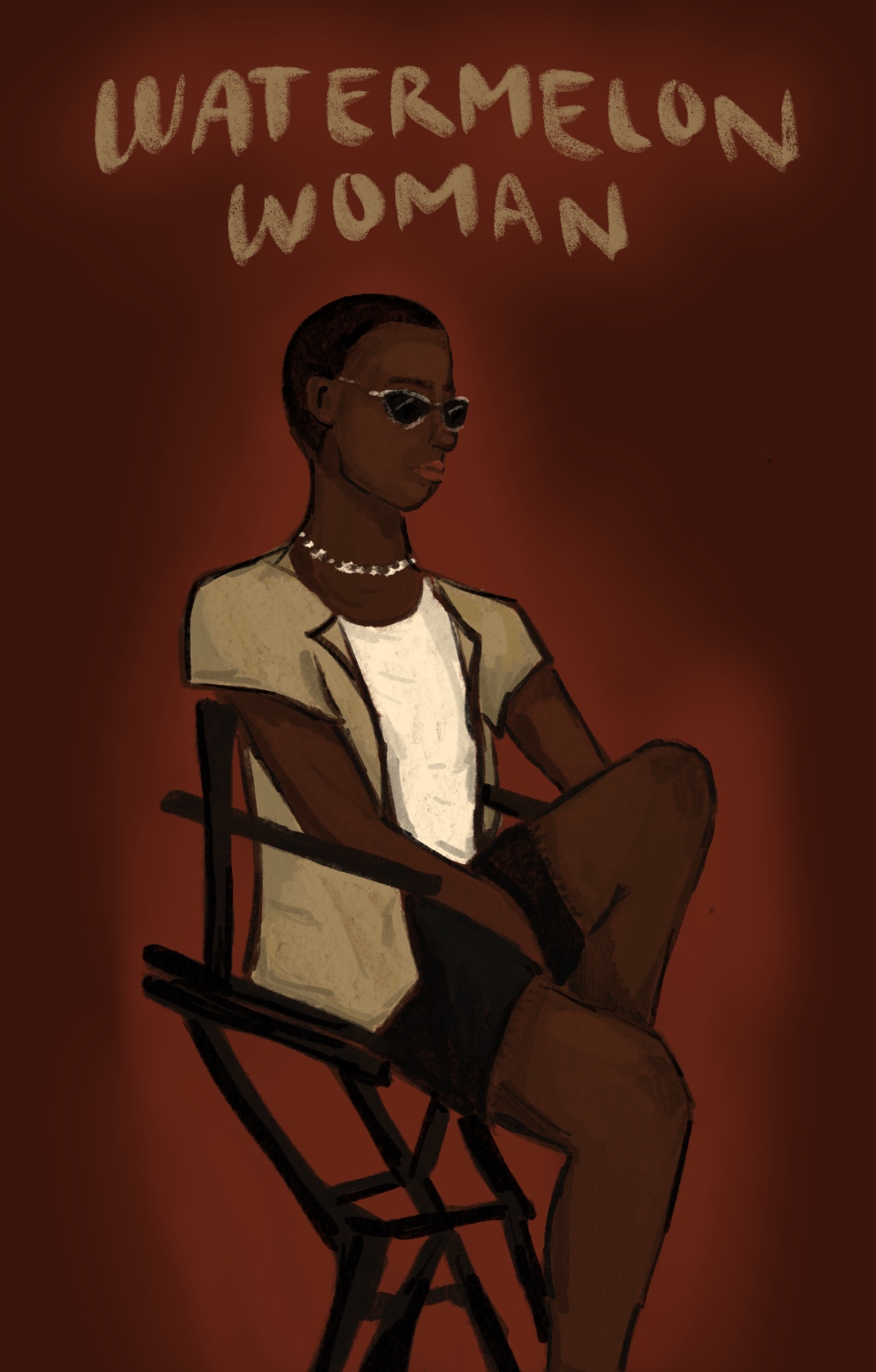Film(me) fatales: movies about women and by women - Watermelon Woman
March, 2023
Cheryl Dunye’s film “The Watermelon Woman” (1996) is a significant feminist work as it explores issues of representation, identity, and history through a Black lesbian filmmaker’s perspective. The movie’s importance lies not only in its themes regarding the aforementioned issues, but also in its innovative approach to storytelling, which combines fictional narrative with documentary-style footage and interviews.
Dunye herself stars as Cheryl, a young filmmaker who becomes fascinated with a Black actress credited only as “The Watermelon Woman” in old movies from the 1930s and 1940s. As Cheryl digs deeper into the actress’s life, she discovers that not only was the “Watermelon Woman” a lesbian, but she also had a relationship with a white director, mirroring Cheryl’s own interracial love affair. Through this parallel, Cheryl grapples with issues of race, gender, and sexual orientation that still resonate today.
What makes “The Watermelon Woman” so extraordinary is its ability to tell an engaging and entertaining story while also raising important questions about representation and history. The film’s use of real archival footage, including images of Black women in Hollywood films and documentaries, highlights the limited roles and stereotyping that Black actresses have faced throughout history. Meanwhile, the fictional narrative allows Dunye to create a positive and empowering representation of Black lesbian life, a rarity in mainstream media.
The film’s innovative approach to storytelling is also noteworthy. Dunye uses a mix of documentary and fictional elements to convey its message, with Cheryl often breaking the fourth wall to speak directly to the camera or interacting with real people in her community. This combination creates a sense of authenticity and immediacy that draws the audience into the story and makes them feel invested and drawn into Cheryl’s captivating journey.
Furthermore, $5 million is generally considered a low budget for a film by most distributors. Nevertheless, despite having a meager budget of only $300,000, the film’s low production value did not compromise its appearance. Instead, the low production value enhanced the film’s overall aesthetic quality, making it stand out from other films with much higher budgets. Its rawness and grit, which teeters between reality and fiction, captures the heart of the project. In fact, I initially believed it was a real documentary with no elements of fiction, because that is how it is presented to the audience. The lack of color grading or editing preserves the original footage, resulting in a found footage/documentary style that adds to its authenticity.
While some perceive the film’s format as deceptive, I do not believe it tricks or lies to the audience. The story of Cheryl is based on her real-life experiences, and despite the fictional setting, the story of “The Watermelon Woman” could very well be real. The film cleverly uses a mockumentary style to tell a genuine story.